If animals really did exhibit human traits, then the fox could well be described as the best PR consultant in the history of the world. He’s managed to recreate himself from vicious, serial killer to cute, harmless and worthy of being protected, and he’s done it using the world’s greatest PR machine – kids movies and books.
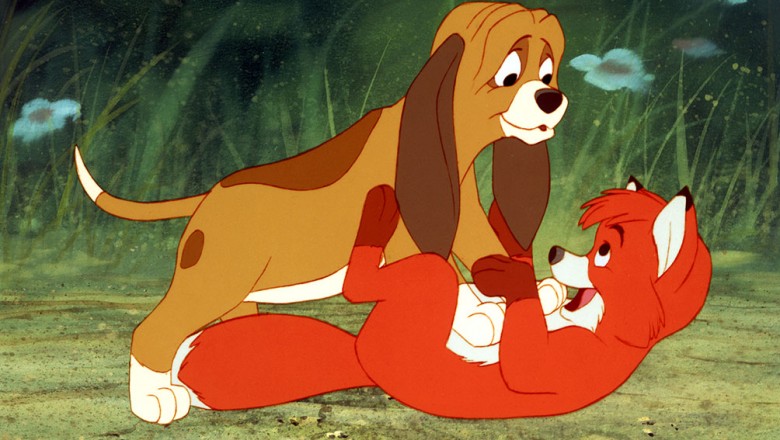
The Fox and the Hound, Dr Seuss’s Fox in Socks, The Fantastic Mr Fox, Disney’s Robin Hood, and Zootopia – along with countless other kids stories, shows and movies – have all depicted foxes as either loveable scallywags or misunderstood characters in need of love.
There’s an actual term for it – it’s called anthropomorphism, whereby we ascribe human traits, behaviours and relationships to animals. Some believe this so strongly that they imagine animals even mourn death in the same way as humans.
Unfortunately, by personifying animals, we do all animals a disservice.
Take Andy Meddick, the new Animal Justice MP for Victoria, for instance.
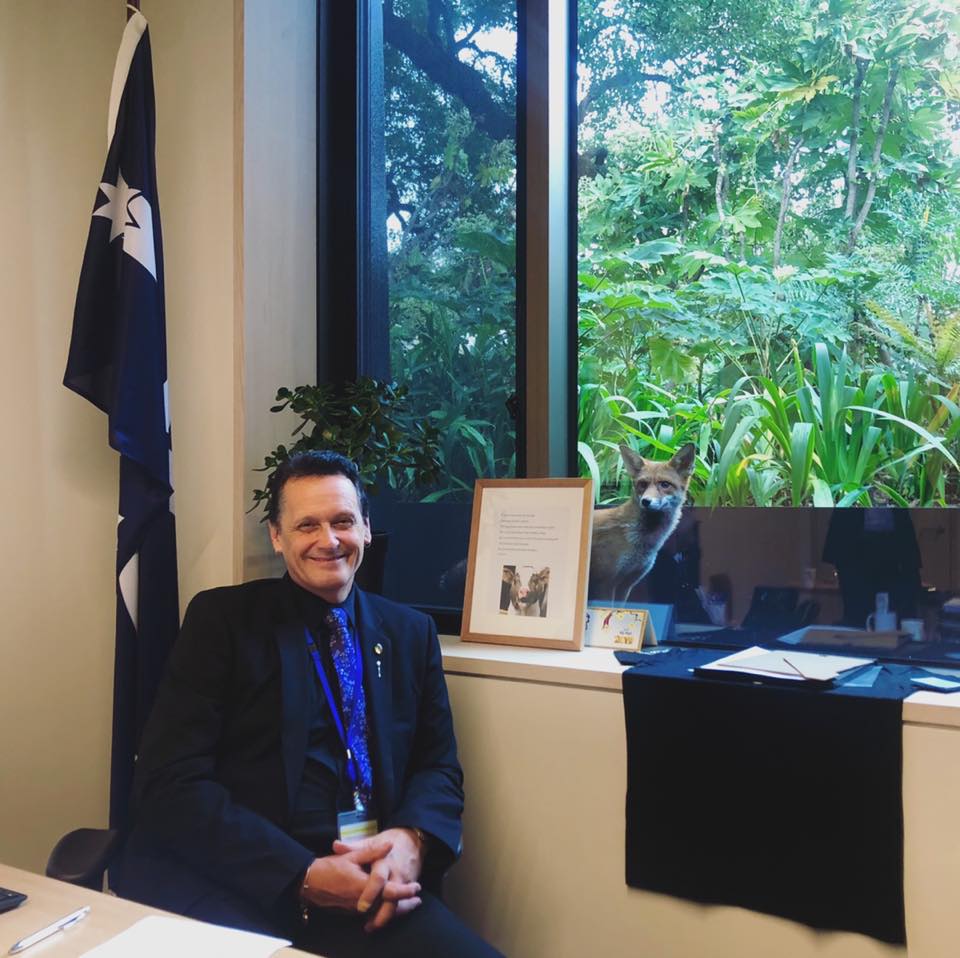
Just the other day, Andy posted a cute photo of a fox dropping by his office for a visit, giving the appearance that the fox knew it was safe with someone who viewed it as a fellow sentient being worthy of protection.
But like most animal activists, Andy fails to recognise the destruction his fox friend inflicts on other animal species. This is the problem with looking at the individual animal rather than the collective animal kingdom. By protecting an individual species, you inadvertently condemn countless others to annihilation.
Threat to biodiversity
Invasive species such as the fox and the feral cat, are considered a major threat to biodiversity around the world. In Australia, the top six invasive animal threats to biodiversity are listed as fox, feral cat, rabbit, goat, pig and cane toad, with some studies putting the fox and the cat as a bigger threat to wildlife than climate change!
Since the fox was first introduced in Australia back in the mid-1800s, it has spread across the vast majority of the continent to the point that conservative estimates put the fox numbers at around 8 million.
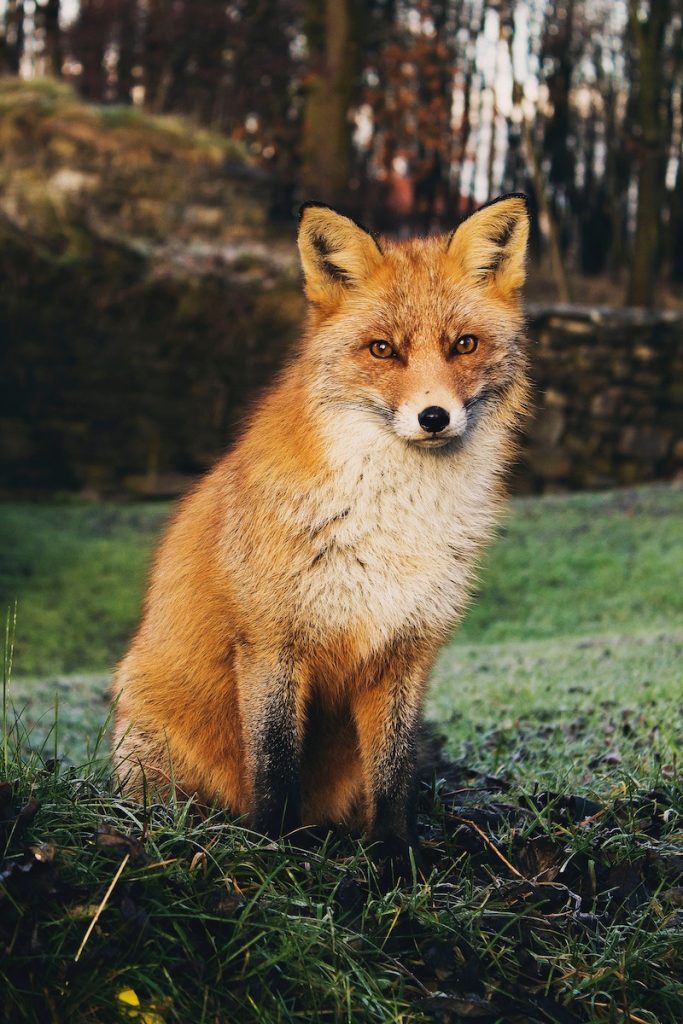
The fox and the cat have become Australia’s worst serial killers. Together, they have played a major role in the extinction of many native species, with 48 mammals, 12 reptiles, 2 amphibians, and 14 bird species in imminent danger of extinction and dozens more that are critically endangered.
And that is just the damage they cause to our native wildlife.
Foxes cause more than $28m a year in economic loss to our agricultural industry by preying on newborn livestock and poultry. They have even been known to prey on pets in urban and suburban areas and pose a health risk to humans and domestic animals, through transmission of diseases such as distemper, parvo virus and mange.
Contrary to urban myth, foxes don’t just kill because they’re hungry. They kill for fun and will continue killing long after they have satiated their hunger.
Even worse, they don’t always kill their prey first, at times literally eating them alive and leaving them to suffer a slow, painful death.
We have personally witnessed animals with their stomachs, groins and faces mauled by foxes, and had to humanely euthanise them to put them out of their misery.
Control measures
Controlling fox populations is a complex and difficult task. Not only do they breed quickly, the sheer size and biodiversity of Australia’s landscape makes it hard to manage their numbers. Foxes can just as easily thrive in dense urban areas as they can in our remote, desert landscapes. That’s partly because they are an opportunistic predator that will eat anything from mammals, reptiles and birds to fruits, vegetables, eggs, insects and even rubbish and carrion.
To date, the most successful means of controlling fox populations has been shooting, trapping and poison, and to a lesser degree fencing.
Recreational and commercial hunters have played a big role in this, particularly in states that have had fox bounties available. Unfortunately, the fox problem far exceeds the resources available. There’s just not enough budget and not enough hunters out there to keep fox populations under control.
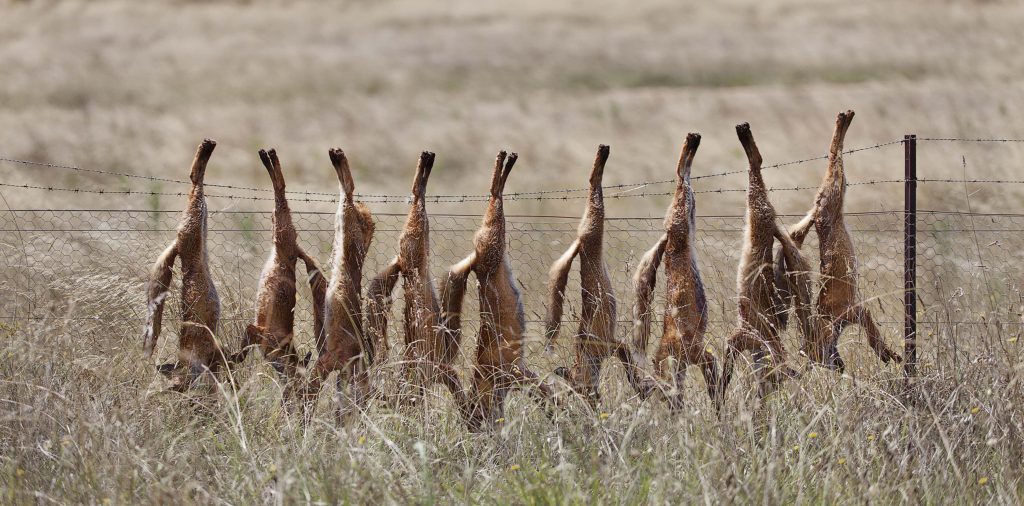
A further complication is the growing number of urban dwellers and animal activists – like Andy Meddick – determined to ‘save the fox’ and even to award them personhood, with all the protections of humans under the law.
God help our native wildlife, our livestock and even our pets if they are successful.
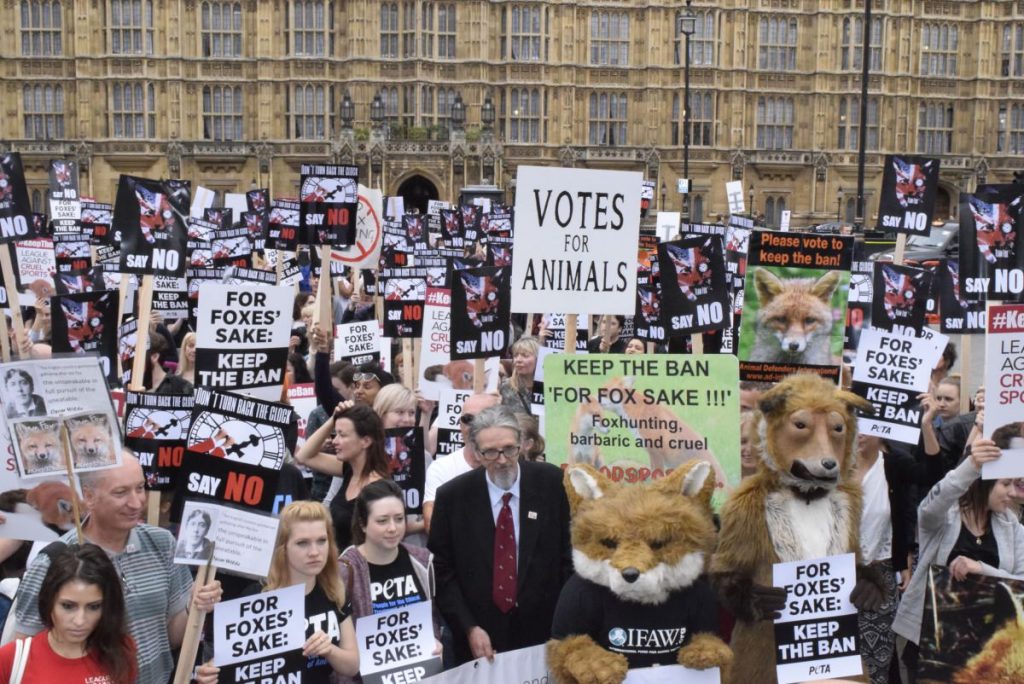
What is I Am Hunter?
I Am Hunter wants to change the way hunting is perceived and to change the conversation from a negative one driven by anti-hunters to a positive one led by hunters.
Our goal is to help hunters become positive role models and ambassadors for hunting, while simultaneously helping non-hunters understand why hunting is important.
You can become a supporter and help us achieve our goal and spread a positive message about hunting with the wider community.
Our other channels
Get our newsletter
Get our free monthly newsletter direct to your inbox
Listen on iTunes
Listen to our podcast on iTunes.
TV series
Watch I Am Hunter episodes on My Outdoor TV (MOTV)

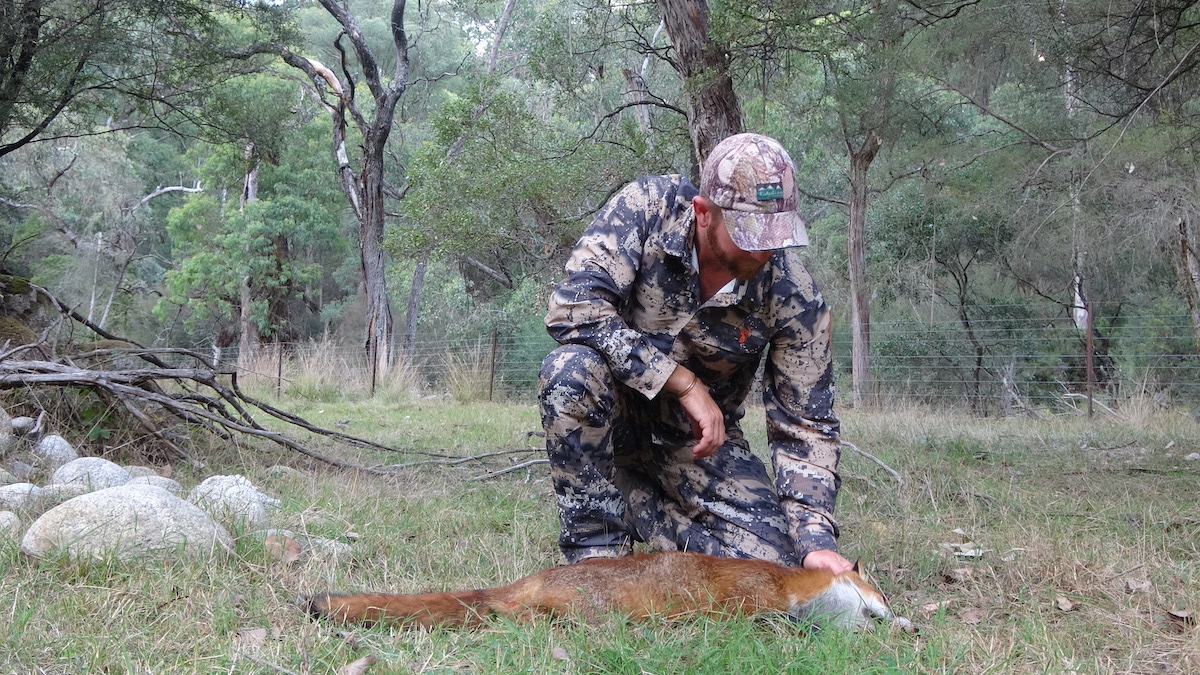



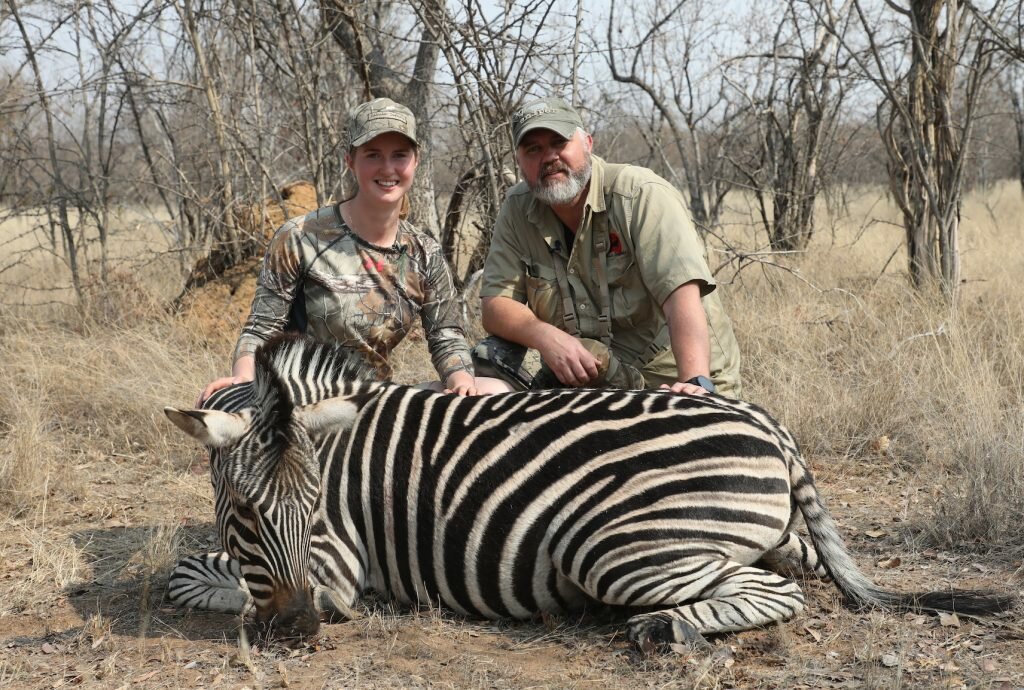
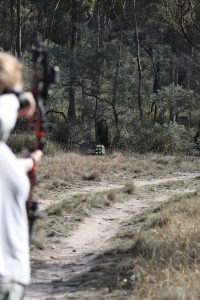
5 thoughts on “How the sly fox pulled the wool over our eyes”